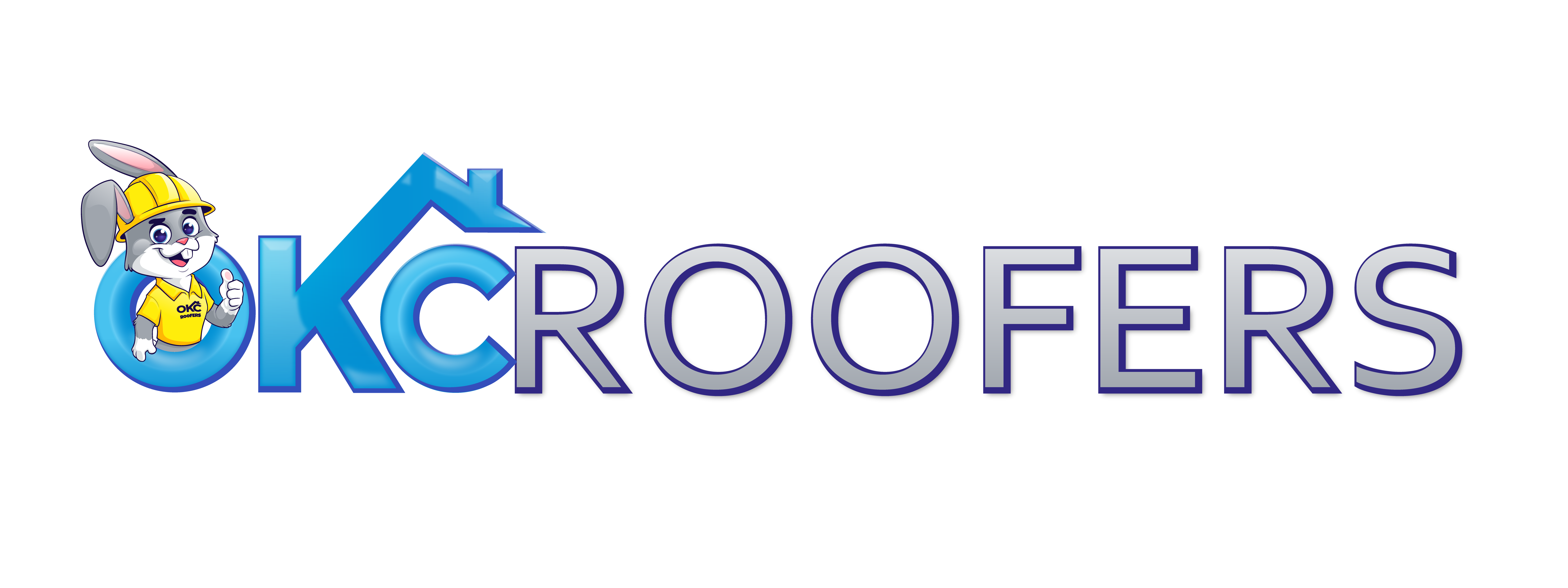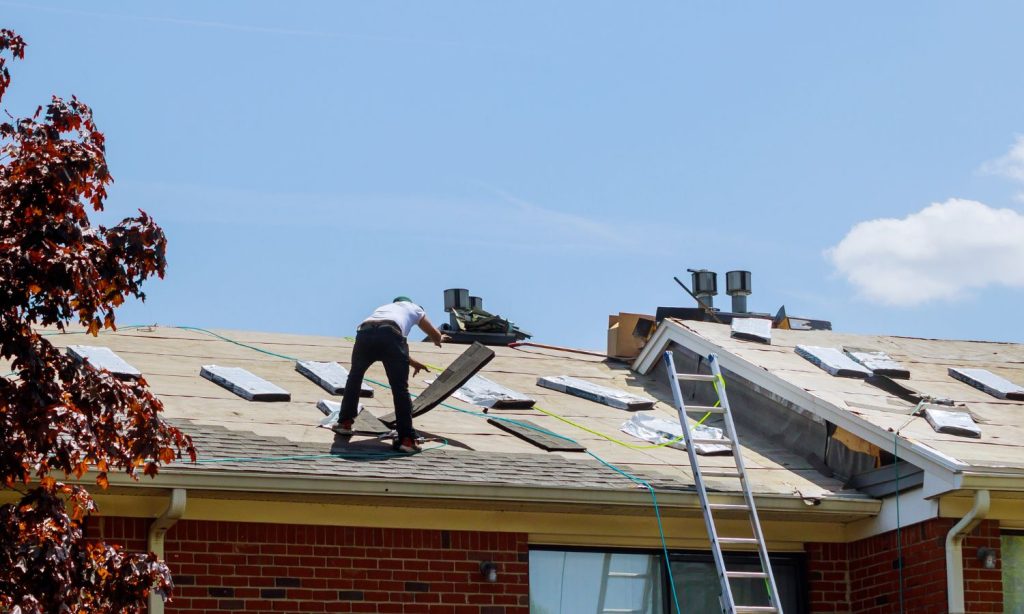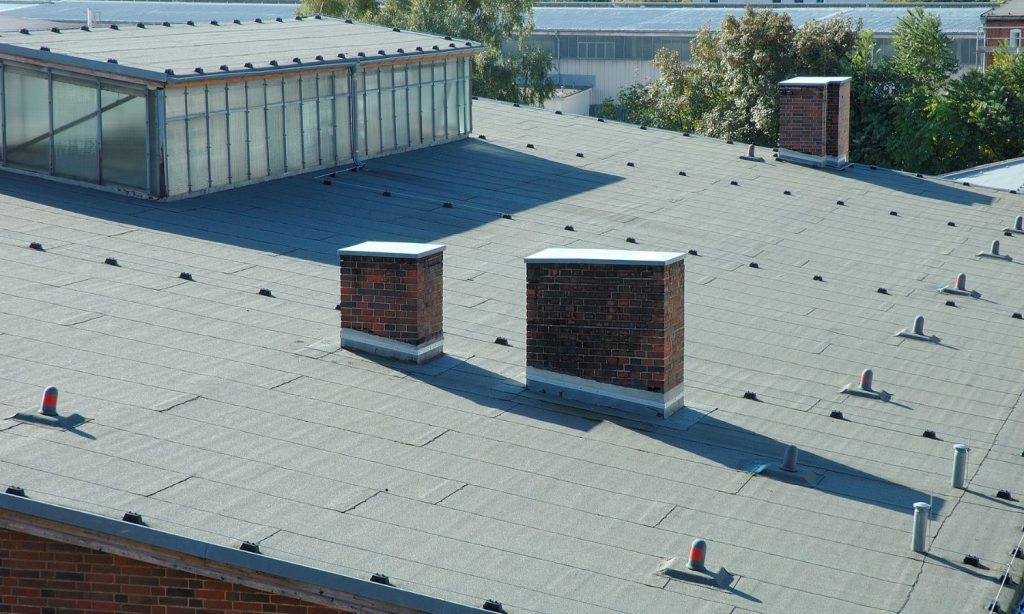Picking a roof feels like choosing the outfit your home wears for the next few decades. Metal roofing brings that sharp, modern drip while shingles pull up with the classic comfort fit. Most people hear metal and think it costs a small fortune.
This guide clears the air with real numbers, long term value, and what makes each option flex in different ways. By the end, you’ll know what makes sense for your budget and your home.
What makes metal roofing more expensive upfront than shingles?
Metal roofing costs more upfront because the materials are stronger, the installation requires skilled labor, and the system is built for longer lifespan and better weather protection.
Key Takeaways
- Metal roofing costs more upfront but delivers longer lifespan, fewer repairs, and strong energy savings.
- Asphalt shingles are cheaper at installation but need more maintenance and earlier replacement.
- Metal offers better durability, heat reflection, and resale value.
- Shingles work best for tight budgets and short term home plans.
- Long term cost math typically favors metal over shingles.
Understanding Metal Roofing and Asphalt Shingles
What Is Metal Roofing
Metal roofing comes in styles like steel, aluminum, copper, and zinc. Each material brings its own level of strength and weather flex.
These roofs last anywhere from forty to seventy years with simple upkeep. You get a clean look, solid resistance, and a roof that stays locked in for decades.
What Are Asphalt Shingles
Asphalt shingles are the everyday favorite across the country. They come as three tab shingles or architectural shingles that add texture and depth.
The average lifespan sits around fifteen to thirty years depending on climate and care. They stay popular because they look familiar and work well on most homes.
Initial Installation Costs: Metal vs Shingles
Metal roofing hits the wallet harder at the start. The average installed price ranges between eight to fourteen dollars per square foot. The material costs more, and the labor requires extra skill. Each panel has to be fitted and secured with precision.
Asphalt shingles come in cheaper. Most homeowners pay around four to seven dollars per square foot installed. They are easier to place, and crews work faster since shingles are straightforward to handle. Regional labor rates and roof shapes can push the numbers up or down.
Metal costs more upfront because it is built to last. The materials are stronger, the installation is more detailed, and the system is designed to hold up against heat, storms, and long term exposure. That extra cost is not for flash. It is for durability that pays off over time.
Long Term Value and Lifespan
Metal roofing is the long haul champion. A forty to seventy year lifespan means you are probably installing it once and moving on with your life. It stands strong against fire, hail, heavy rain, and harsh sun. You get fewer headaches and fewer surprise repairs.
Shingles do the job but need more attention. They usually last fifteen to thirty years depending on your climate. Strong winds can lift edges, intense sun can fade them, and storms can wear them down faster. You might replace shingles once or even twice in the time a metal roof stays put.
The long term math leans toward metal when you add repairs, replacements, and maintenance over decades. It is a slow and steady win.
Energy Efficiency and Savings
Metal roofs reflect heat, and that makes a real difference. They can cut cooling bills by up to twenty five percent depending on your home and climate. The surface pushes sunlight away rather than soaking it in. That keeps your attic cooler and your AC from working overtime.
Shingles absorb heat like a black tee in summer. They warm up fast and pass that heat into your home. That drives your energy bills up, especially in sunny states. Over the years, the extra energy costs can add up.
Metal’s energy flex is a cheat code that helps offset the higher upfront cost. Your long term savings stack slowly but steadily.
Maintenance and Repair Costs
Shingle roofs need more hands on care. They can grow moss, lose granules, crack, curl, and fade. Heavy storms can knock shingles loose or damage patches. Annual maintenance adds up, and repairs come around more often.
Metal roofs keep things simple. You check for loose fasteners and look for small seal issues once in a while. Rust prevention matters for steel, but most modern coatings handle that. Annual costs stay low, and serious repairs are rare.
Over a decade or two, the maintenance gap becomes obvious. Metal stays chill while shingles demand attention.
Aesthetic Appeal and Resale Value
Metal roofs bring modern energy. You get clean lines, bold colors, and styles that look like something out of a luxury cabin catalog. They fit homes that want a crisp, updated vibe. They also stand out to buyers who want long term value.
Shingles bring classic charm. You get different textures and color blends that match traditional homes. Most buyers know shingles and feel comfortable with them.
Homes with metal roofing often pull higher resale value because buyers see fewer future expenses. It feels like getting a car with low miles and fresh service records.
Environmental Impact and Sustainability
Metal roofing supports sustainability. It uses recycled materials and can be fully recycled at the end of its life. You are not sending piles of old panels to a landfill. You are recycling metal that still has years of life left.
Asphalt shingles do not have the same story. They end up in landfills and break down slowly. The environmental impact is heavier compared to metal.
Eco conscious homeowners often lean toward metal because it aligns better with sustainable living.
When Are Shingles the Better Choice
Shingles make sense when you are on a tight budget. They are cheaper to install and manage in the short term. They also work well if you plan to move soon and do not want long term investments. For quick installs or short term living, shingles keep things simple.
FAQs
1. Is a metal roof worth the higher upfront cost
Yes, a metal roof is worth it if you want long term value. It lasts decades longer, needs fewer repairs, and can lower cooling bills. You pay more at the start but save more across the life of your home.
2. How long does a metal roof actually last
Most metal roofs stay solid for forty to seventy years. They handle heat, storms, and daily wear without giving up early. That long lifespan is a major reason homeowners upgrade.
3. Are shingles easier to repair than metal roofing
Yes, shingles are quicker to repair. A contractor can swap damaged pieces fast since shingles are simple to remove and replace. Metal panels take more steps, but they need repairs less often.
4. Do metal roofs make homes hotter
No, metal roofs reflect heat instead of absorbing it. That keeps your attic cooler and cuts down on AC strain. In sunny areas, this can lower your cooling costs by a noticeable amount.
5. Which roof type is better for resale value
Metal roofing usually boosts resale value more. Buyers like long lifespan, low upkeep, and modern style. It feels like buying a car with low miles and fresh service records.
Final Verdict: Are Metal Roofs Worth the Higher Cost
Metal roofing costs more upfront, but the lifetime value makes the price feel smarter over time. You get longer life, better energy savings, and fewer repairs. Shingles stay affordable and familiar, but they need more care and replacements.
If you want long term security and a roof that flexes strength for decades, metal is the move.
If you want the most budget friendly option that still looks clean, shingles hold their own. Pick the one that fits your timeline, budget, and climate.




